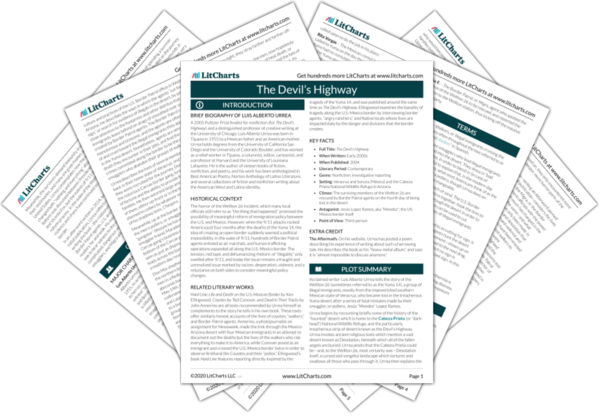The exaggerated statements about the time the men spent in the van, as well as how many men were packed in, demonstrate the how the traumatic journey impacted the memories of the people, who were deeply uncomfortable and mistreated. Mendez makes the journey seem like it will be an easy, straight shot, though it’s unclear to what extent he believes this himself.
